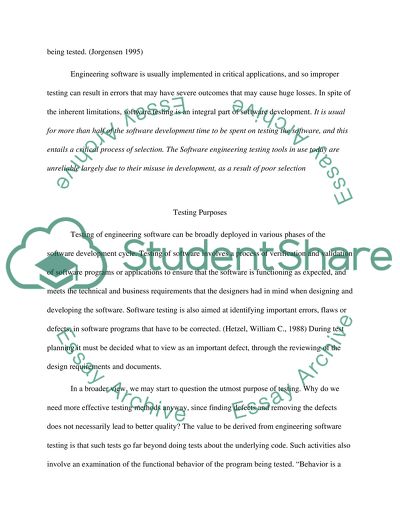Cite this document
(“Software Engineering Testing tools Research Paper”, n.d.)
Retrieved de https://studentshare.org/information-technology/1392374-software-engineering-testing-tools
Retrieved de https://studentshare.org/information-technology/1392374-software-engineering-testing-tools
(Software Engineering Testing Tools Research Paper)
https://studentshare.org/information-technology/1392374-software-engineering-testing-tools.
https://studentshare.org/information-technology/1392374-software-engineering-testing-tools.
“Software Engineering Testing Tools Research Paper”, n.d. https://studentshare.org/information-technology/1392374-software-engineering-testing-tools.


